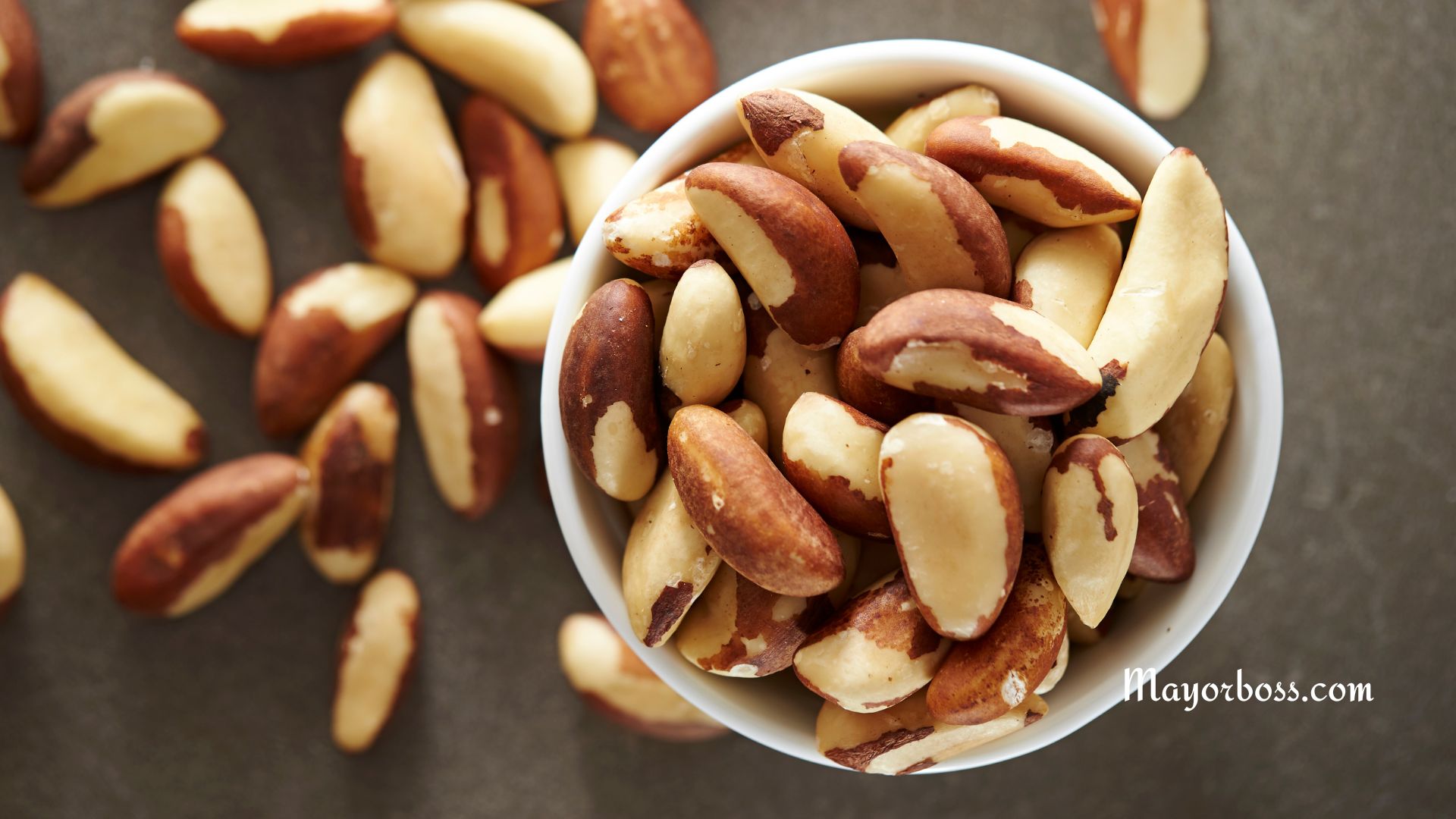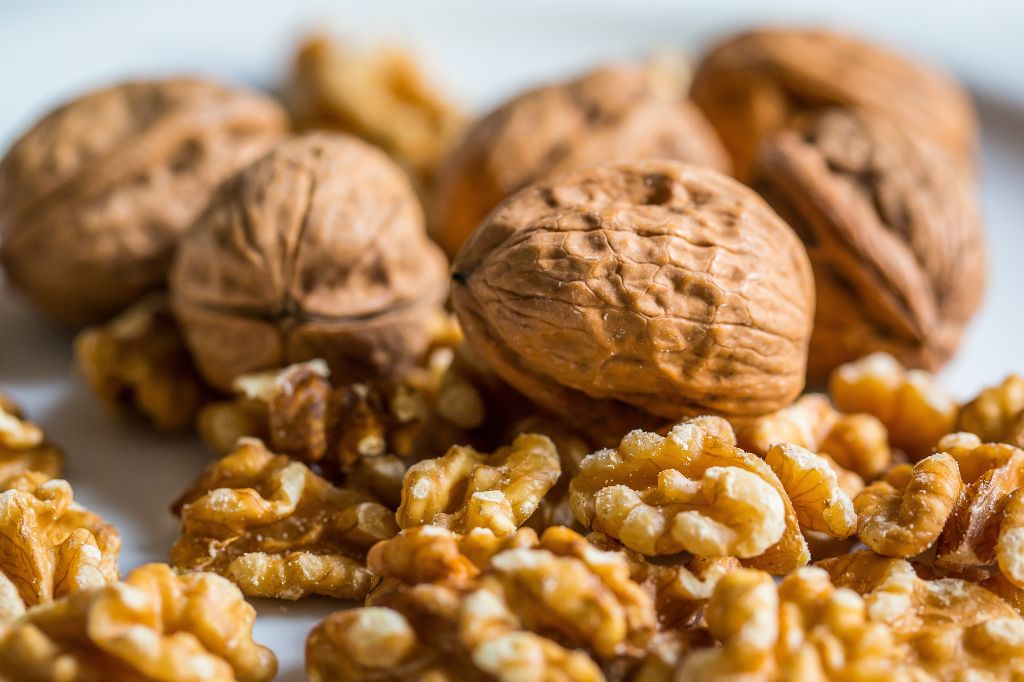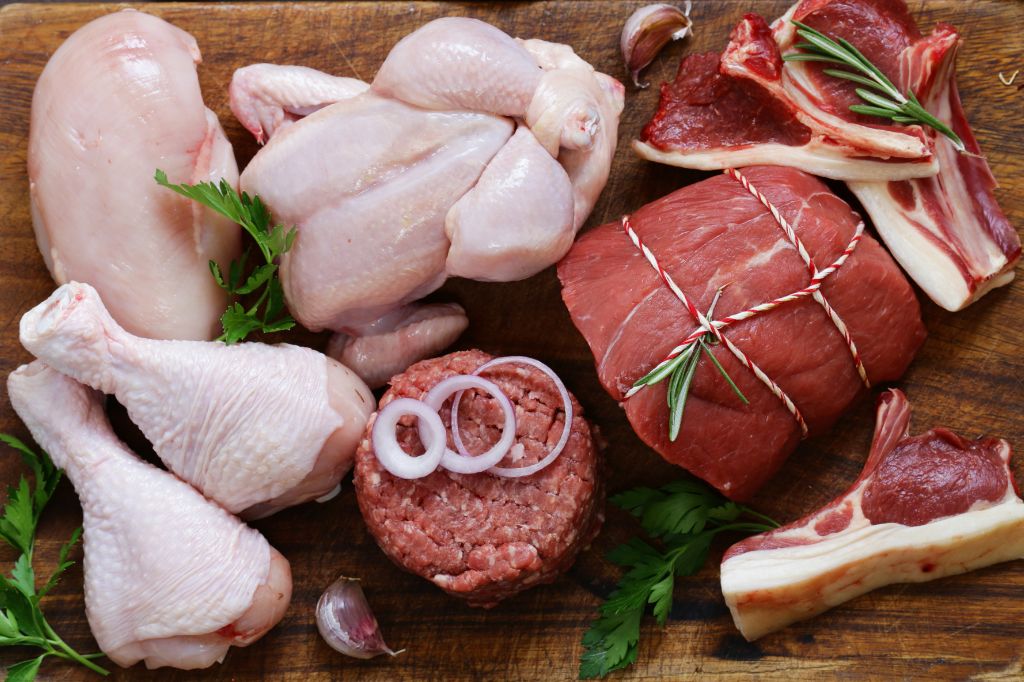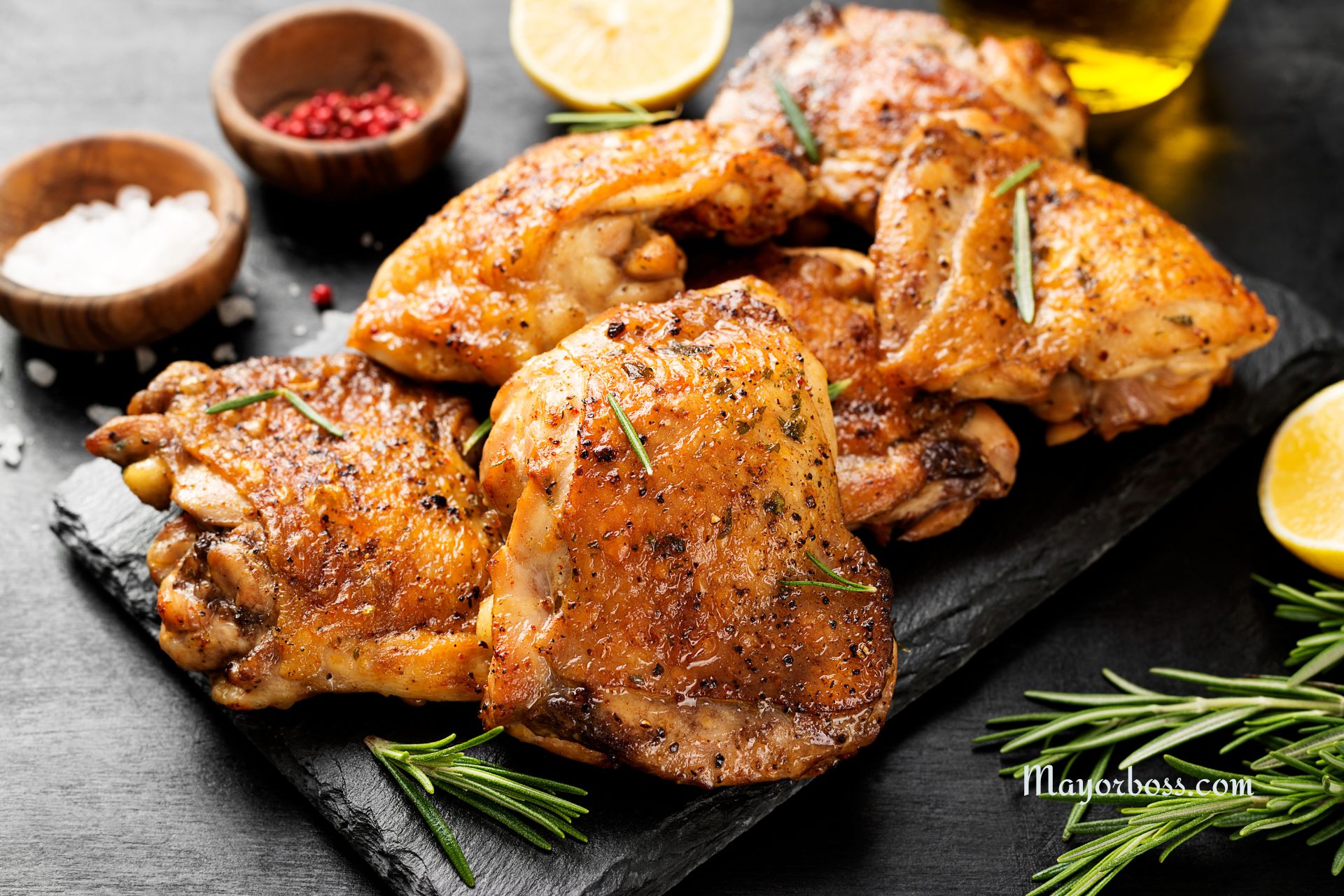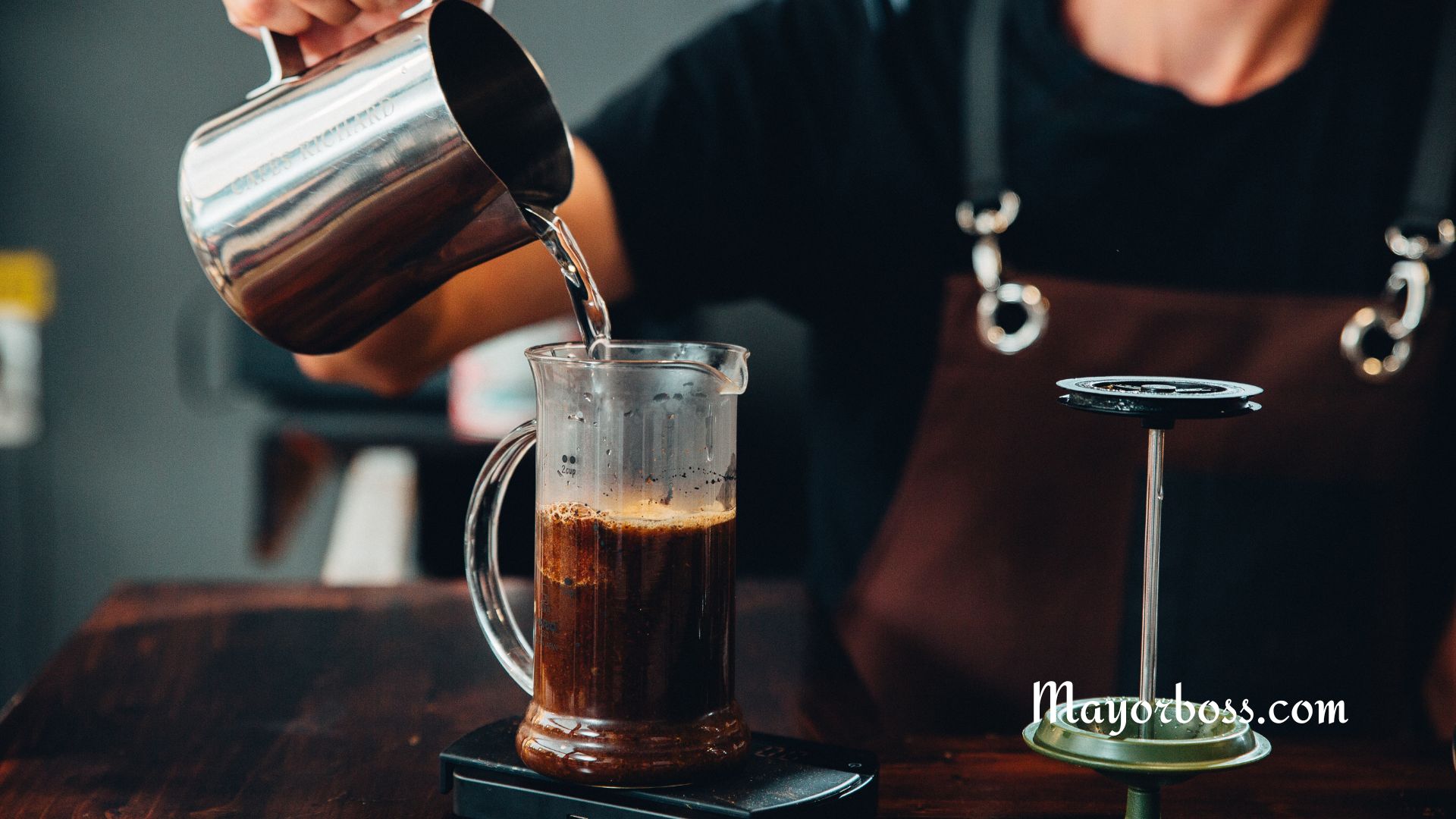How to Cook Pasta So It Doesn’t Stick Together: Seven Simple Secrets
To keep pasta from sticking together, use plenty of water, stir it early, add salt (not oil), and cook it until just al dente. Avoid rinsing after draining, and toss it with a little sauce or olive oil right away. Read on for seven essential tips.
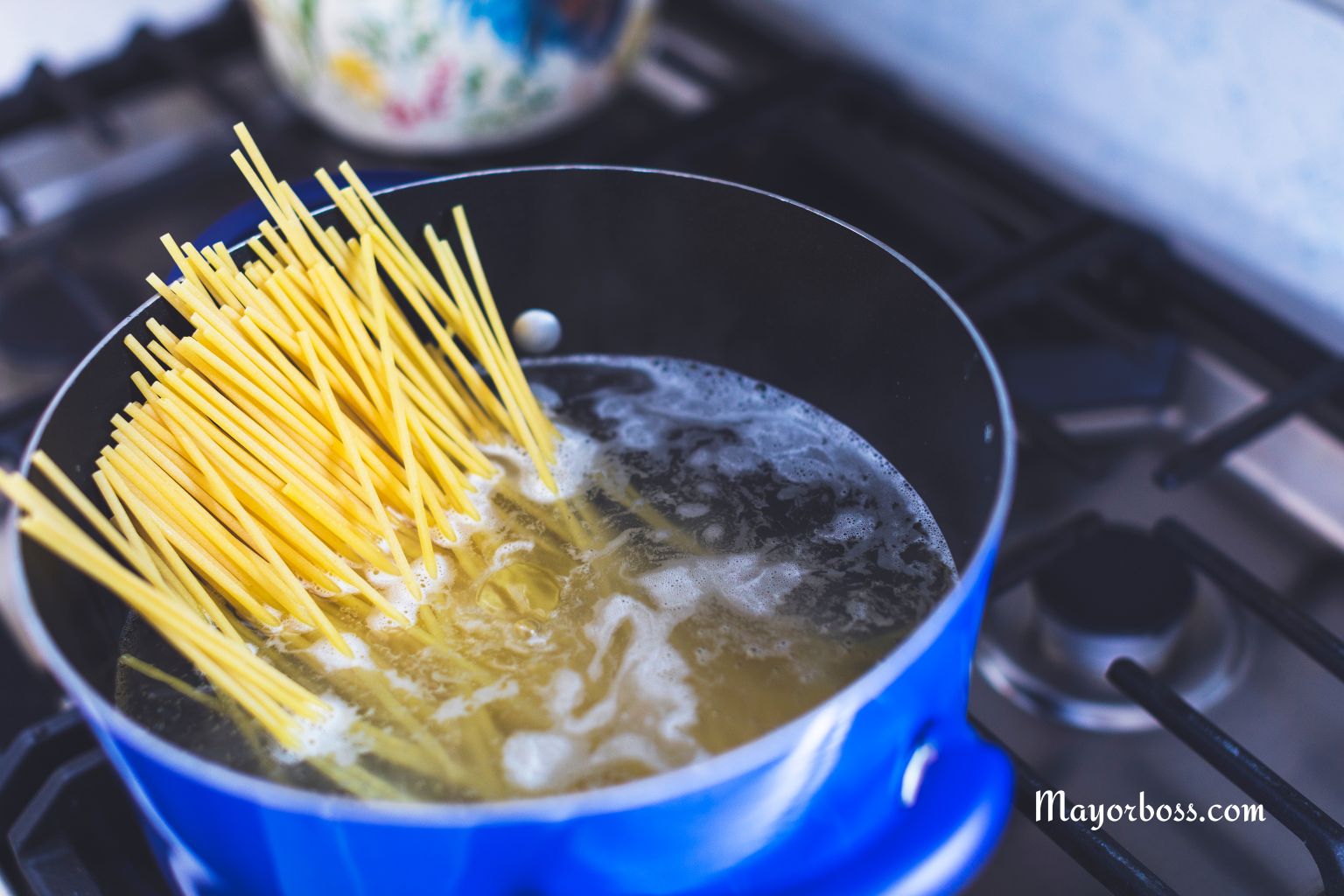
Pasta is a favorite food in many households. It’s quick, filling, and delicious. But nothing ruins a bowl of pasta like finding it all clumped together. Sticky pasta can turn a perfect meal into a frustrating one. Many people wonder if there’s a way to stop pasta from sticking. The good news is, yes, there are simple methods that work every time.
Here are seven secrets to help you cook pasta that comes out perfectly, with each strand separate and smooth.
1. Use Plenty of Water
The amount of water you use matters. Pasta needs space to move as it cooks. Crowded pasta releases more starch, which leads to sticking. For every 100 grams (about 3.5 ounces) of dry pasta, use at least 1 liter (about 4 cups) of water. For a family-size meal, use the biggest pot you have.
2. Stir Early and Often
As soon as you add pasta to boiling water, stir it. This is the moment when pasta is most likely to stick. Stir again after a minute or two, and then occasionally as it cooks. Early stirring helps keep the pieces separated.
3. Wait for a Rolling Boil
Don’t add pasta to water that’s just simmering. Wait for a strong, rolling boil. Hot, bubbling water keeps the pasta moving and helps prevent clumping. Adding pasta too soon means it sits at the bottom and can start to stick.
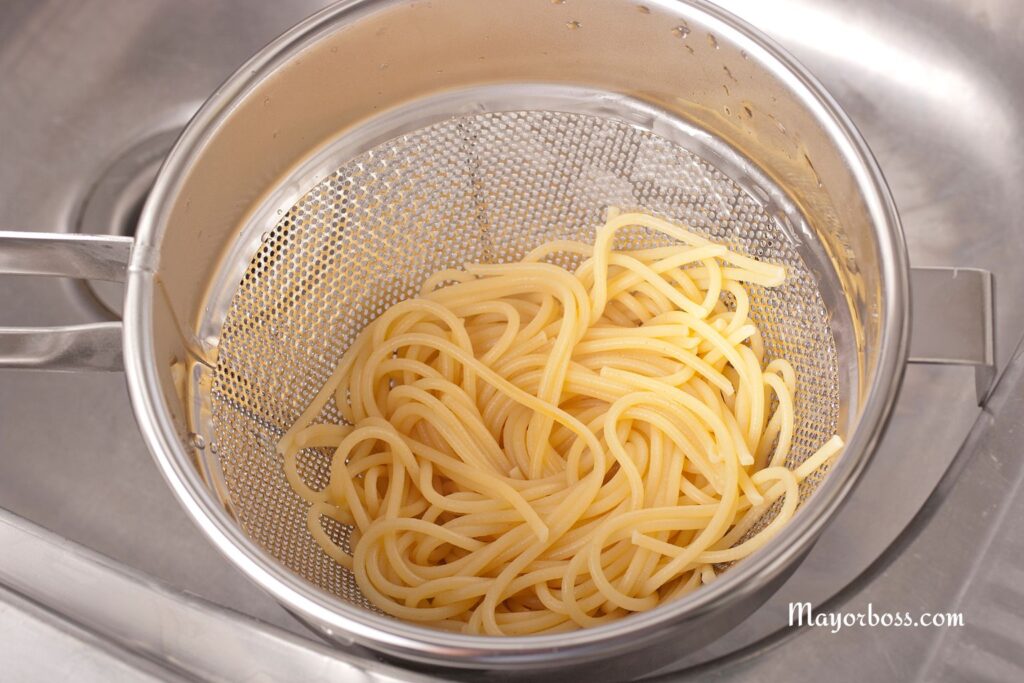
4. Salt the Water
Many people forget to salt the water, but this step is key for two reasons. First, salt flavors the pasta. Second, it slightly raises the boiling point of water, which can help pasta cook more evenly. Use about 1–2 tablespoons of salt for a large pot. However, do not add oil to the water. Oil floats and won’t keep pasta from sticking—instead, it can make the pasta slippery, causing sauce to slide off.
5. Don’t Overcook
Overcooked pasta is softer and releases more starch. Starch is sticky. Follow the instructions on the package, but start tasting the pasta about two minutes before the suggested time. You want it to be “al dente”—cooked but still a little firm when you bite it.
6. Drain, But Don’t Rinse
Once the pasta is ready, drain it right away. But never rinse it (unless you’re making a cold pasta salad). The surface starch helps the sauce stick to the noodles. If you rinse, you wash that away, and the pasta loses flavor and texture. If you’re worried about sticking, move quickly to the next step.
7. Add Sauce, Olive Oil, or Butter Immediately
Don’t let drained pasta sit in the colander. It will stick together as it cools. Toss it with your sauce, a drizzle of olive oil, or a small amount of butter right away. Butter melts over the warm noodles, coating them evenly and adding flavor. This simple step helps keep the pasta separate and delicious. If you need to wait before serving, mixing in a teaspoon or two of butter is a great way to prevent sticking until you’re ready to eat.
Bonus Tip: Save Some Pasta Water
Before draining, dip out a cup of the starchy cooking water. You can use this to loosen the sauce or help it stick to the pasta better. The starch in the water helps bind everything together.
Final Thoughts
Cooking pasta that doesn’t stick together is not complicated. Most problems come from using too little water, skipping the stirring, or letting the pasta sit after draining. Follow these seven secrets, and you’ll have pasta that’s soft, separate, and perfect every time.
Frequently Asked Questions
1. Should I add oil to the pasta water?
No. Oil does not stop pasta from sticking, and it can prevent sauce from sticking to your pasta. Just use plenty of water and stir well.
2. Can I cook pasta ahead of time?
Yes. If you must cook pasta in advance, toss it with a small amount of olive oil after draining, and store it in a covered container. When you’re ready to serve, reheat with your sauce.
3. What should I do if my pasta sticks together after draining?
If pasta sticks, quickly rinse with warm water and gently separate the strands. Add sauce or oil right away.
4. How much salt should I add to pasta water?
Use about 1–2 tablespoons of salt for a large pot (4–5 liters) of water. This seasons the pasta and enhances flavor.
5. Is rinsing pasta ever okay?
Rinse only if you’re making a cold pasta salad or stir-fry, where you want to stop the cooking and cool the pasta quickly.

